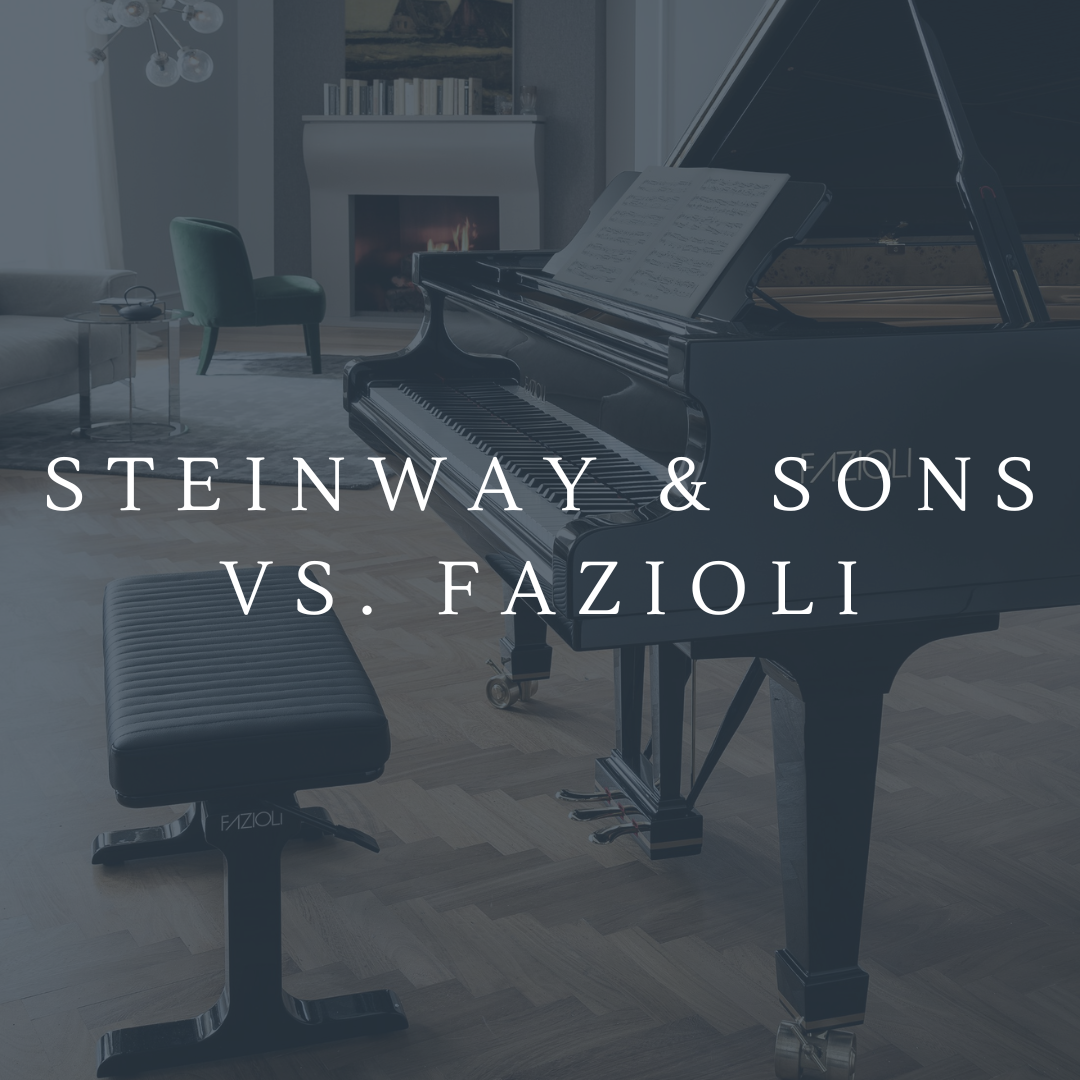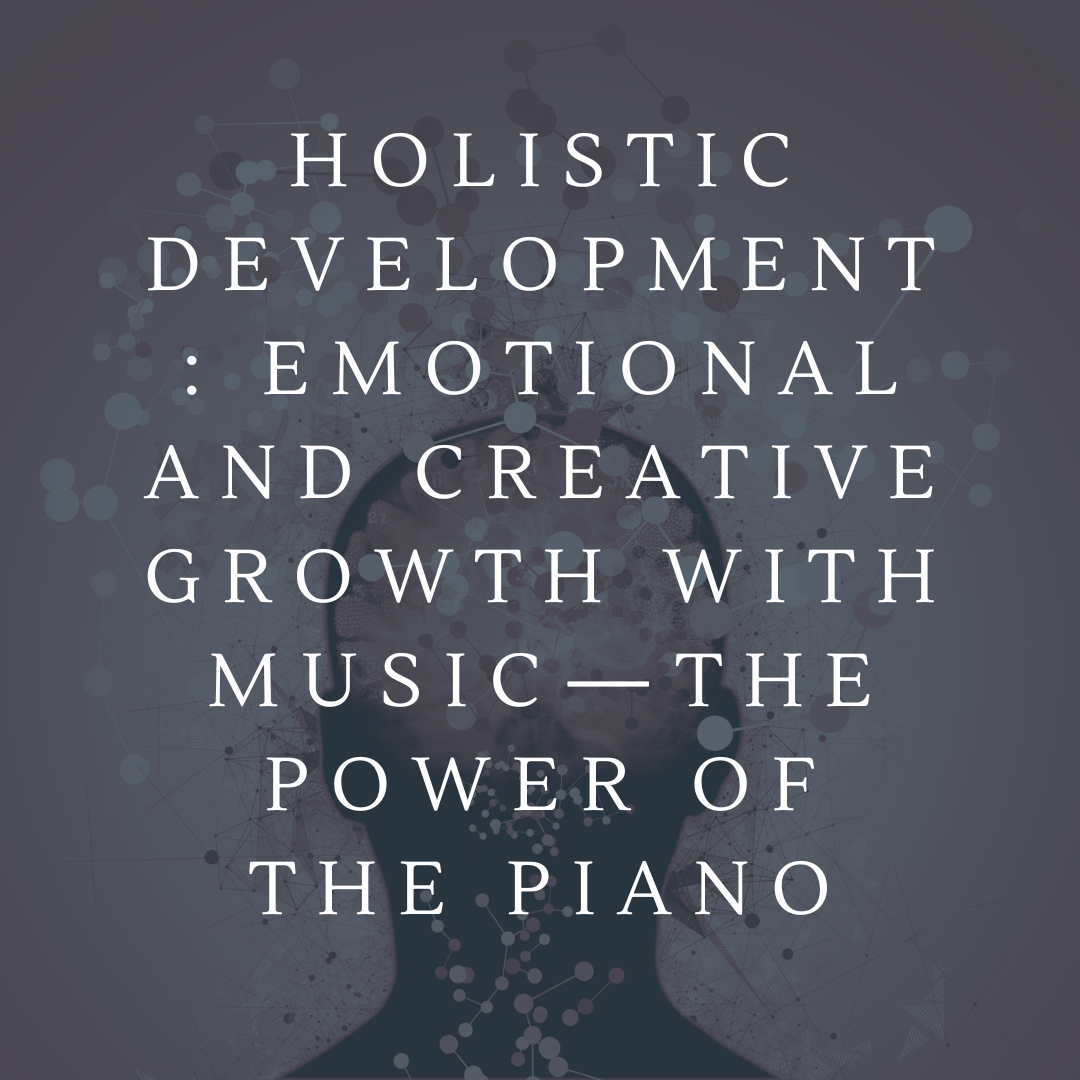
Let’s delve into the fascinating world of pianos and compare two iconic piano brands: Steinway & Sons and Fazioli.
Comparing Steinway and Fazioli ultimately comes down to personal taste. Steinway offers versatility, a strong artist program, and technological innovations. Fazioli, on the other hand, boasts meticulous craftsmanship, a warm sound, and a sense of exclusivity. Both brands have their unique characteristics, making them beloved by pianists worldwide.
Whether you prefer the American legacy of Steinway or the Italian artistry of Fazioli, both brands continue to shape the world of piano music.
Comments will be approved before showing up.

Music has long been recognized as a powerful tool for emotional and creative growth. Among all musical instruments, the piano stands out as a gateway to self-expression, cognitive development, and emotional well-being. Whether you're a beginner learning your first melody or a seasoned pianist composing intricate harmonies, playing the piano fosters holistic development in ways that go beyond the keys.

Buying a piano is an exciting and significant investment, whether you’re a seasoned pianist or just starting your musical journey. With so many options available, it’s important to choose one that fits your needs, budget, and space. Here’s a comprehensive guide to help you navigate the process.

Your piano isn’t a piece of furniture; it’s an heirloom, a creative outlet, and an investment. Protecting it from the effects of the changing seasons ensures it remains a source of joy and music for years to come.